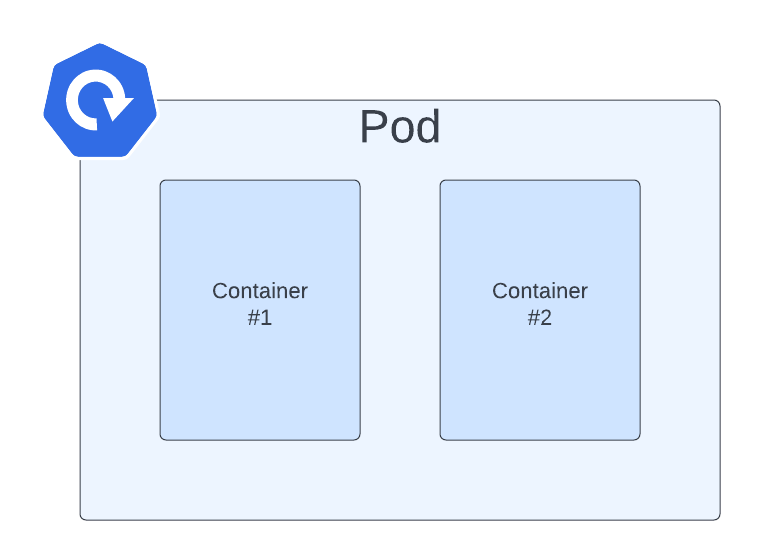# Understanding Multi-Container Pods: Key Insights and Applications
Written on
Chapter 1: Introduction to Multi-Container Pods
The topic of container composition within a Pod is frequently discussed, especially among those transitioning from traditional deployments to cloud-native frameworks. A common inquiry that arises is: How many containers can be included in a pod?
Many of you may have posed this question during your cloud-native journey, or perhaps you're pondering it right now. The straightforward answer is: a single container.
But hold on! Before you navigate away from this article, let's clarify that while it's simpler to grasp, it's not entirely accurate. The essence is that a pod is designed to execute one primary function.
So, if that's the premise, why do multi-container pods even exist? More critically, if you're encountering this concept for the first time, what exactly is a multi-container pod?
Let’s clarify: A multi-container pod consists of multiple containers working in conjunction. Importantly, we are not referring to initContainers managing dependencies, but rather, containers that run concurrently at the same level, as illustrated in the image below:

Chapter 2: The Technical Feasibility of Multi-Container Pods
Does Kubernetes support this architecture? Absolutely! Within your container definition, you can specify as many containers as necessary. Technically, there is no cap on the number of containers you can place in a single pod. However, a crucial question to reflect on is:
Is this approach what you genuinely need?
Keep in mind that a pod is the fundamental unit in Kubernetes. You can deploy and undeploy pods, as well as start, stop, restart, and scale them. Consequently, any containers within the same pod are closely interconnected, sharing resources in a way that amplifies their coupling.
To illustrate, imagine you want to buy a notebook. You visit a store but find that instead of a single notebook, they offer a bundled deal: a notebook, a pen, and a stapler for just a couple of dollars more than the price of the notebook alone.
It seems like a great deal since you're getting extra items for a minimal additional cost. However, if you later realize you need multiple notebooks but end up with ten pens and ten staplers that you didn’t want, the value of that bundle diminishes. This scenario mirrors the inefficiency of a poorly structured pod configuration.
Ultimately, transitioning from traditional monolithic deployments to multi-container pods only to face similar challenges raises an important question: What is the point?
None, if there’s no valid reason to couple two containers closely together. So why is this allowed within the Kubernetes specification? Because it serves specific use cases effectively.
Chapter 3: Common Use Cases for Multi-Container Pods
Let’s explore some of these scenarios:
- Helper Containers: This is the most prevalent use case where multiple containers exist within a pod, with one being the primary container that delivers a specific business function while the others provide supporting roles.
- Sidecar Pattern Implementation: Another popular model is the sidecar pattern, which involves deploying an additional container to carry out a specific function. This can be observed in architectures like Service Meshes or Log Aggregation.
- Monitoring Exporters: It’s common to designate one of the containers as an exporter for monitoring metrics, as seen in setups like Prometheus, where each component includes its exporter for data collection.
Chapter 4: Resource Sharing in Multi-Container Pods
Sharing containers within a pod offers intriguing advantages, notably:
- Volumes: You can create a shared directory accessible by all containers within the pod, allowing one container to read data from another, thereby enhancing efficiency.
- Inter-process Communication (IPC): Containers can utilize IPC for streamlined communication.
- Networking: Containers within a pod can access each other's ports via localhost.
In conclusion, I hope this discussion has clarified the rationale behind the existence of multi-container pods and the scenarios in which this approach is beneficial. Additionally, it serves as a guide for assessing whether a particular use case warrants the adoption of this architecture.